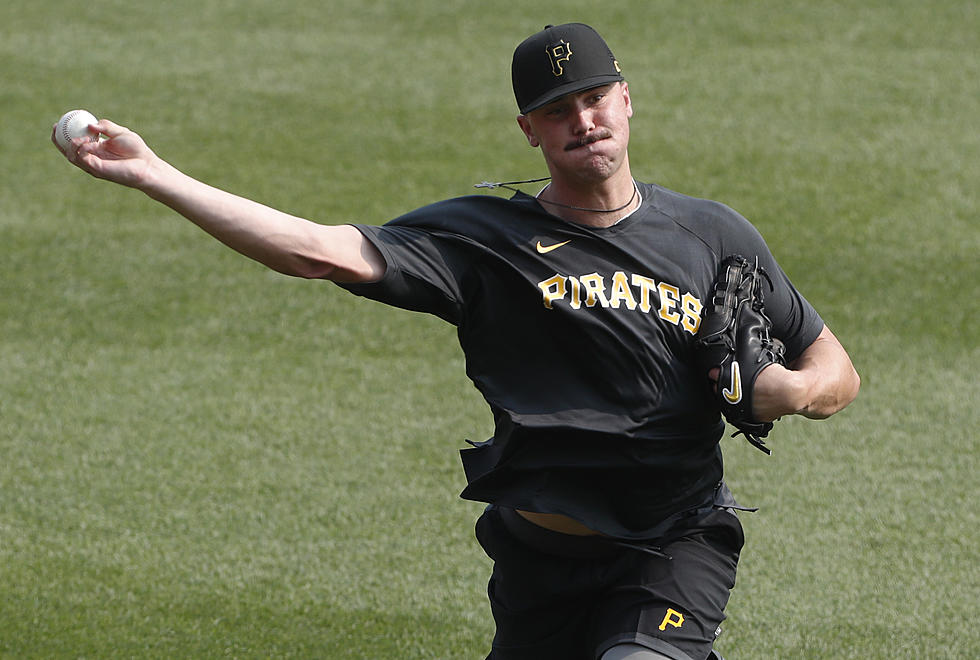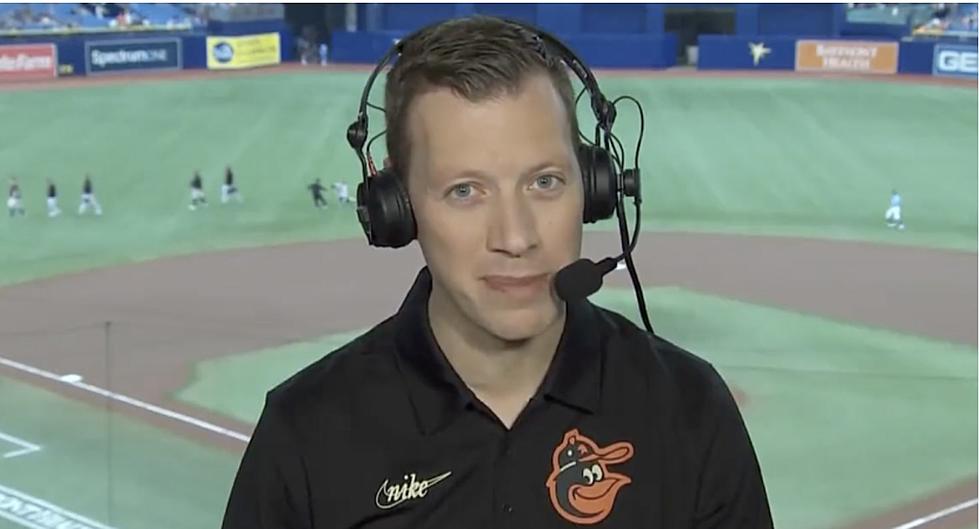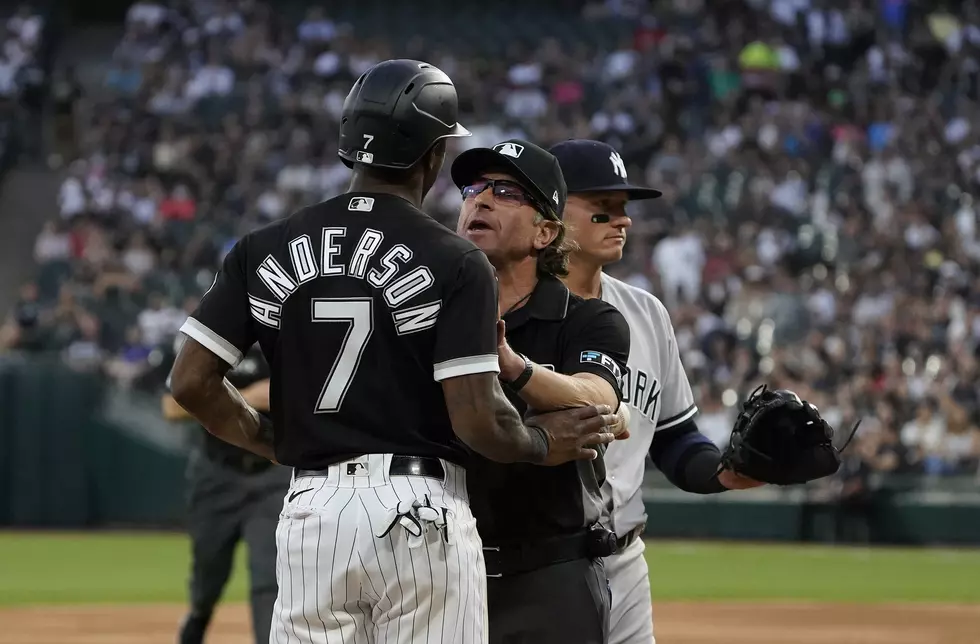
Baseball’s Invisible Book (Part One) – From the Bird’s Nest
Baseball has a rule book. It's available on line for anyone who wants to know the rules of the game.
Baseball also has an invisible rule book. No one has ever seen it. But in the minds of baseball people, it exists. It has been modified as the game has changed. But for the most part, it remains intact.
But what is in the rule book? And, does the rule still apply today? During the summer, we'll take a look at some of baseball's unwritten rules (and my opinion of them). Here are five:
YOU PLAY TO WIN ON THE ROAD AND TO TIE AT HOME--This is one of the basic unwritten rules. And, it's not hard to come up with the reasoning if you think about it. This rule especially holds in the ninth inning. You can also apply it in the eighth. But any earlier than that in today's game may or may not have merit.
It's the ninth inning. You're on the road and you're down a run. Do you bunt? Generally, the answer is no. And, the reasoning is simple. If you play to tie, the other team then has six outs to respond: the bottom of the ninth and the bottom of the tenth. You are giving the home team six outs to your three. That isn't a good thing.
If you are at home in the same scenario and you bunt to try to tie the game, then it's three outs for them and three outs for you.
Really, it's simple math.
Is there a time when you bunt to tie when you're on the road? Perhaps. If you are facing one nasty reliever and you know you won't face him the next inning, perhaps you take a chance, since the odds are you aren't going to get two runs off him. But that's about the only scenario I can think of where you would do it.
NEVER MENTION A NO HITTER--This of course, has to do with a baseball superstition. But the superstition has grown legs over the years. It is normal for a dugout to isolate itself from a pitcher throwing a no-no. That usually happens after the fifth inning. It's pretty much always been that way. And, it's also verboten in the dugout to mention it while the pitcher is on the mound.
But this really doesn't apply to anyone else, although fans think it does. If someone in your party of fans mentions a no-hitter in progress, chances are the other fans will not be happy. But, in reality, it doesn't make sense.
I've made it clear, as a broadcaster, that if a pitcher is throwing a no-hitter, I'm going to mention it. And, the reason should be obvious. It's my job to report. My rule of thumb is not to mention it until after the sixth inning. But if I am doing my job, someone who tunes into a 7-0 game might keep listening if he/she knows there's a no hitter in progress. That's my job.
Earlier this season, Cajun lefty Hogan Harris carried a no hitter into the seventh. I mentioned it for the first time at the end of the sixth. The opponent got a hit in the seventh and I got a couple of emails about it. My response: Vin Scully called more no hitters than any broadcaster, ever. And, he never tiptoed around the story.
IF ONE OF THEIRS HITS ONE OF YOURS, RETALIATE--This was easy to do in the days before the designated hitter. If a pitcher hit a batter and it looked like it might be the least bit intentional, then the pitcher was certainly at risk of getting plunked the next time up. But even with the DH, it's still done today. If you hit my guy and I think you did it on purpose, then I'm going to get a comparable guy the next time he comes up.
Now, here's where the "rule" has changed. It used to be the pitcher who retaliated would throw up and in. We all have come to understand pitchers throw with more velocity now and the baseball can be a lethal weapon. Now it's a fastball in the thigh or backside for the most part. But retaliation still happens in the game today.
NEVER MAKE THE FIRST OR THIRD OUT OF AN INNING AT THIRD BASE--It's an unwritten rule that many fans don't understand but if you think about it, it makes sense. If, with no one out, you stop at second, there are many ways to get you to third with one out. Hitting behind the runner or a bunt can get the runner to third with one out. If there are two outs, stopping at second makes sense because you're going to score on a base hit anyway. The time to take a chance is with one out. You won't necessarily score on a base hit and certainly can't score on a routine ground ball, so taking a chance going first to third or trying to stretch a double into a triple makes more sense.
TAKE A STRIKE WHEN YOUR TEAM IS BEHIND LATE IN THE GAME--On the surface, this makes sense. You're behind in the game and you need a base runner. You might as well make the pitcher throw you a strike, especially if you are down two runs. This used to be one of the basic unwritten rules. But that isn't (necessarily) the case any more. Most coaches have come to understand that strike one is one of the most important pitches of all. Getting ahead of hitters increases the chances of getting an out. And, you're more likely to record that out than you are walking someone on four pitches. Moreover, it's easier to get strike one if you know the guy is going to be taking a pitch. This is a rule that has, for many, become archaic.
Look for more unwritten rules soon.
More From 103.3 The GOAT









